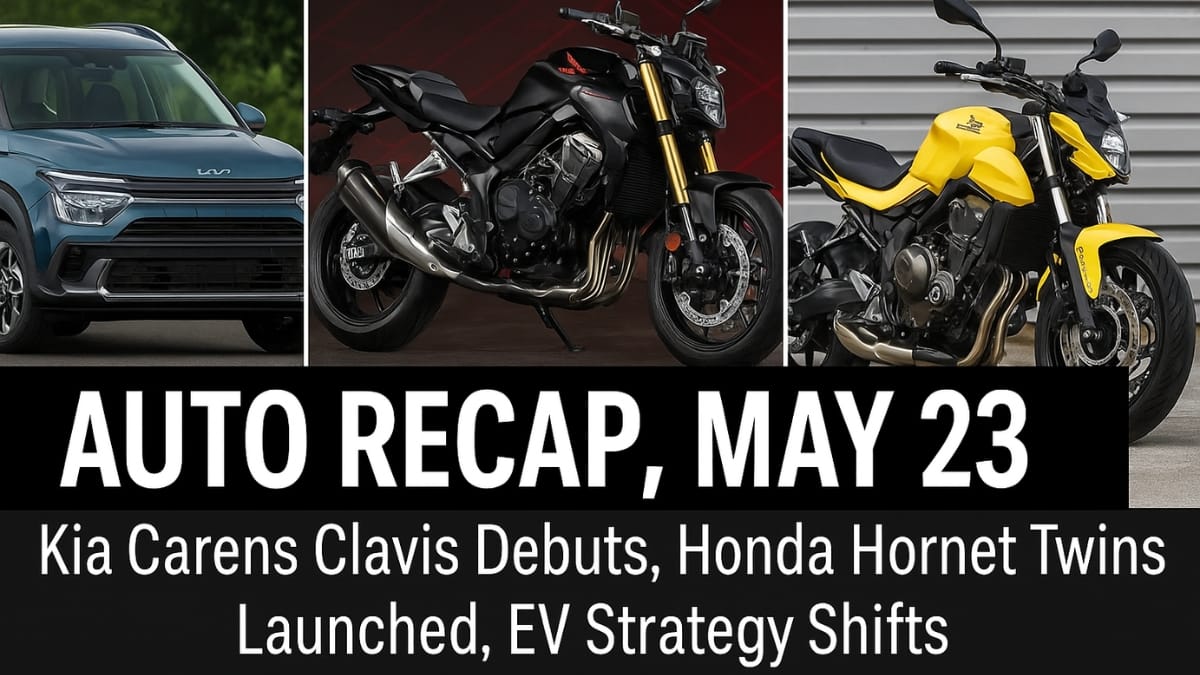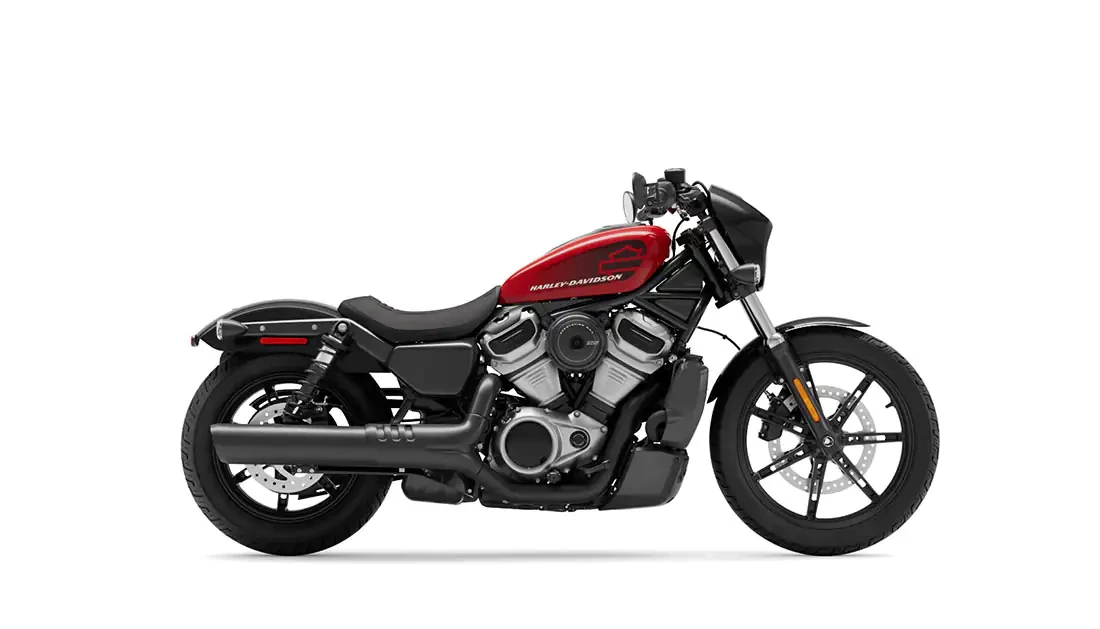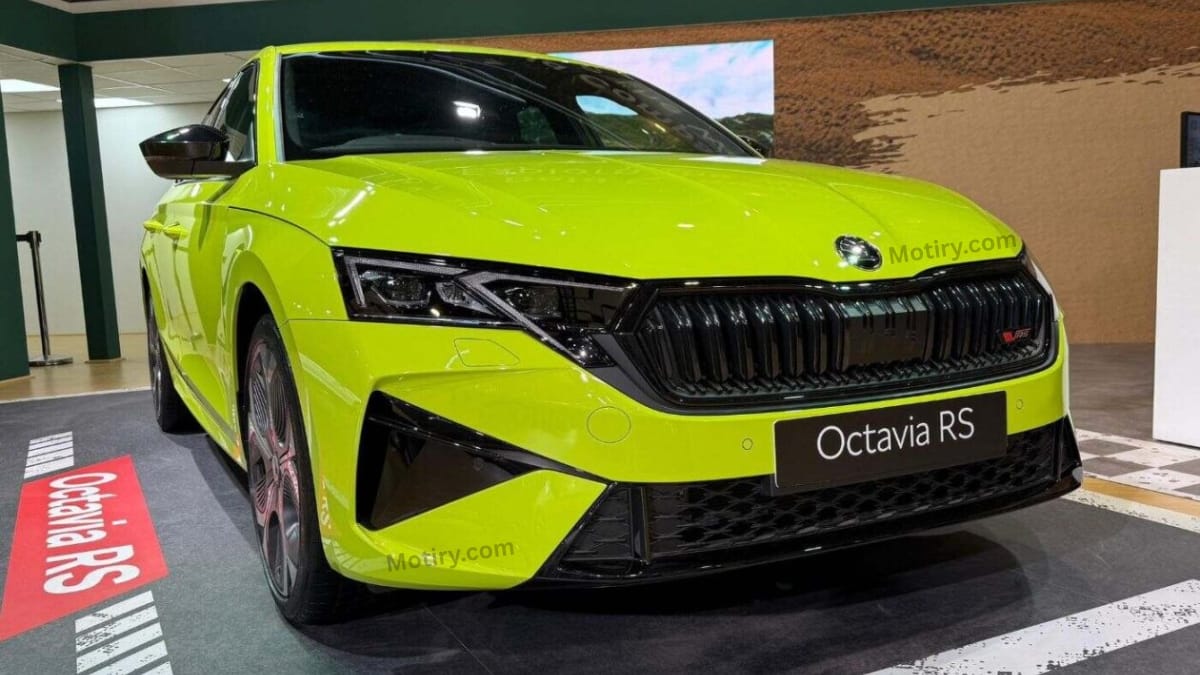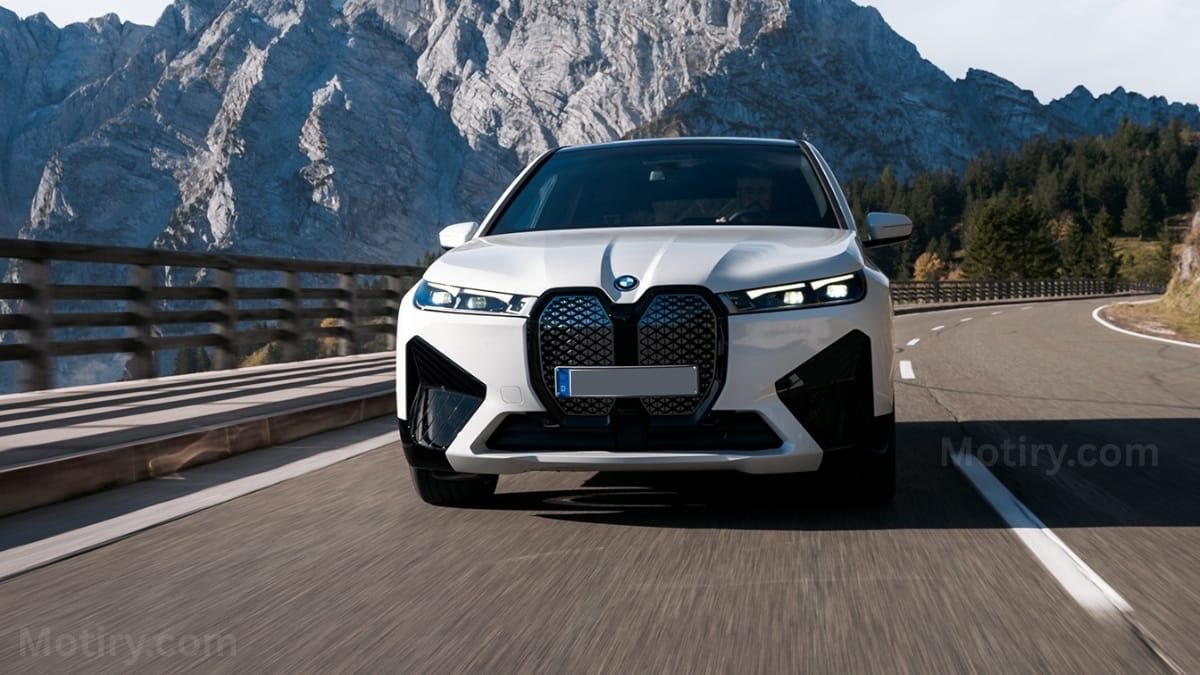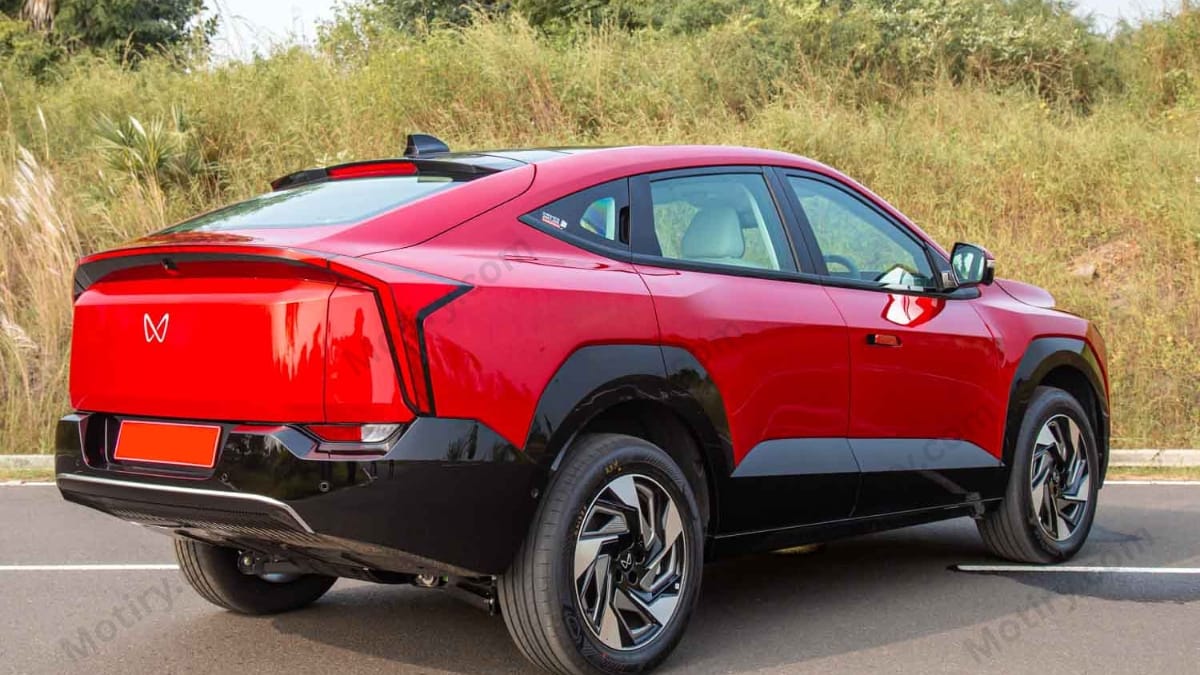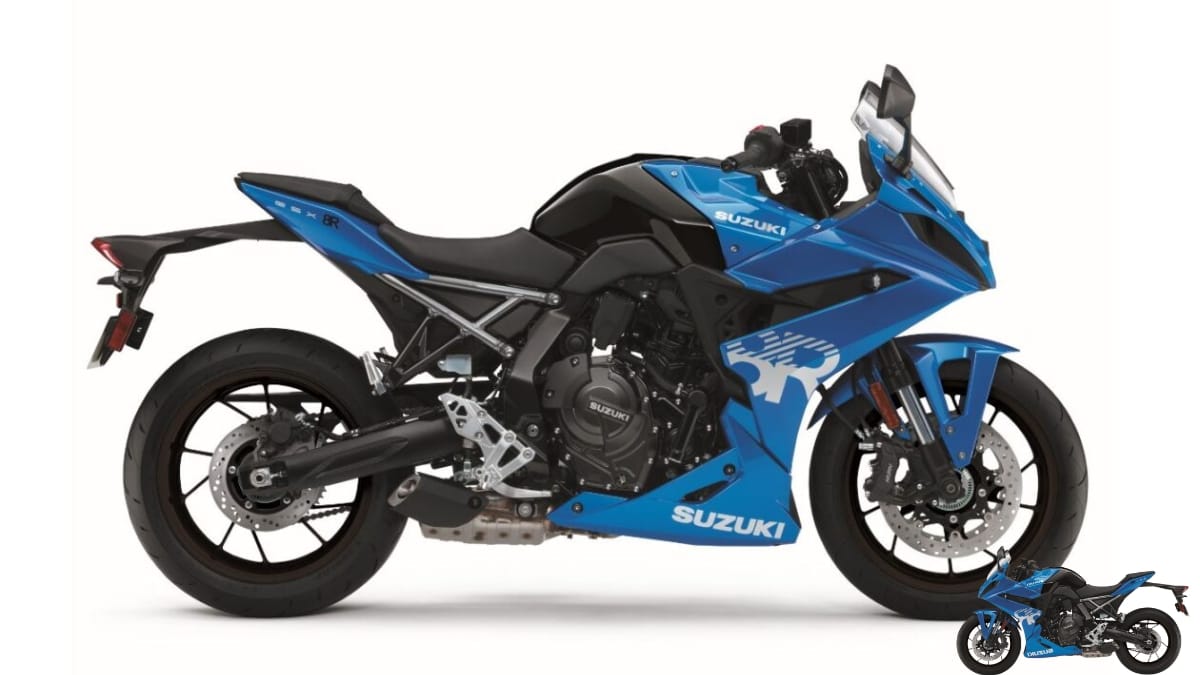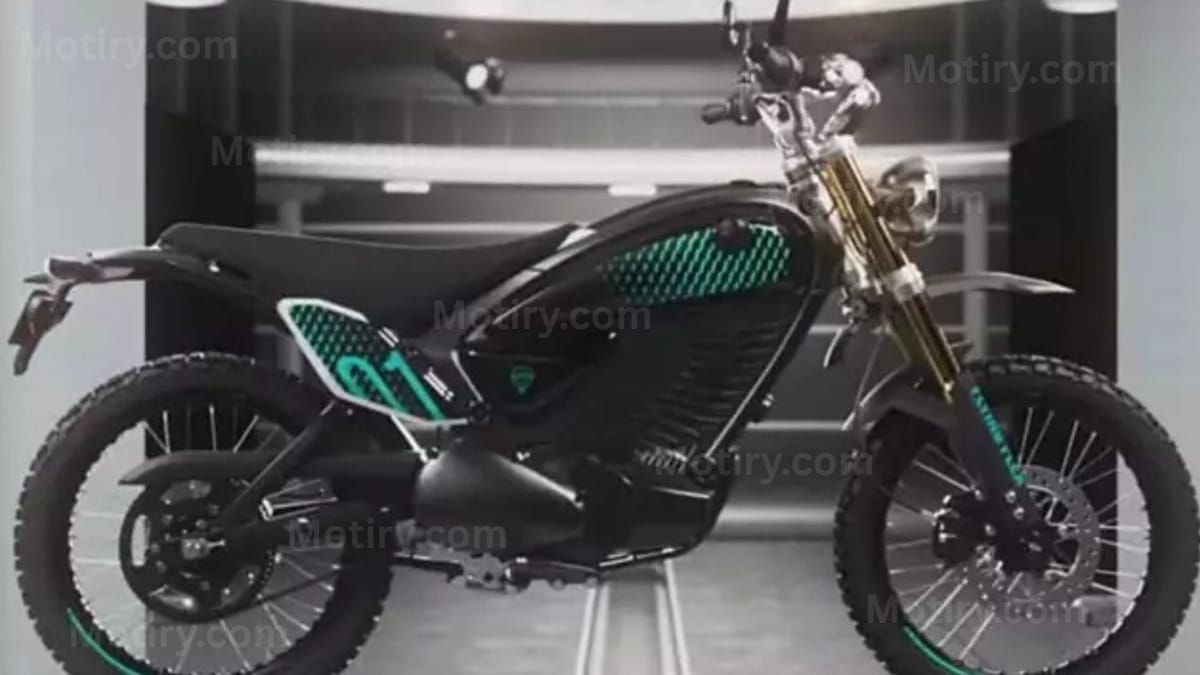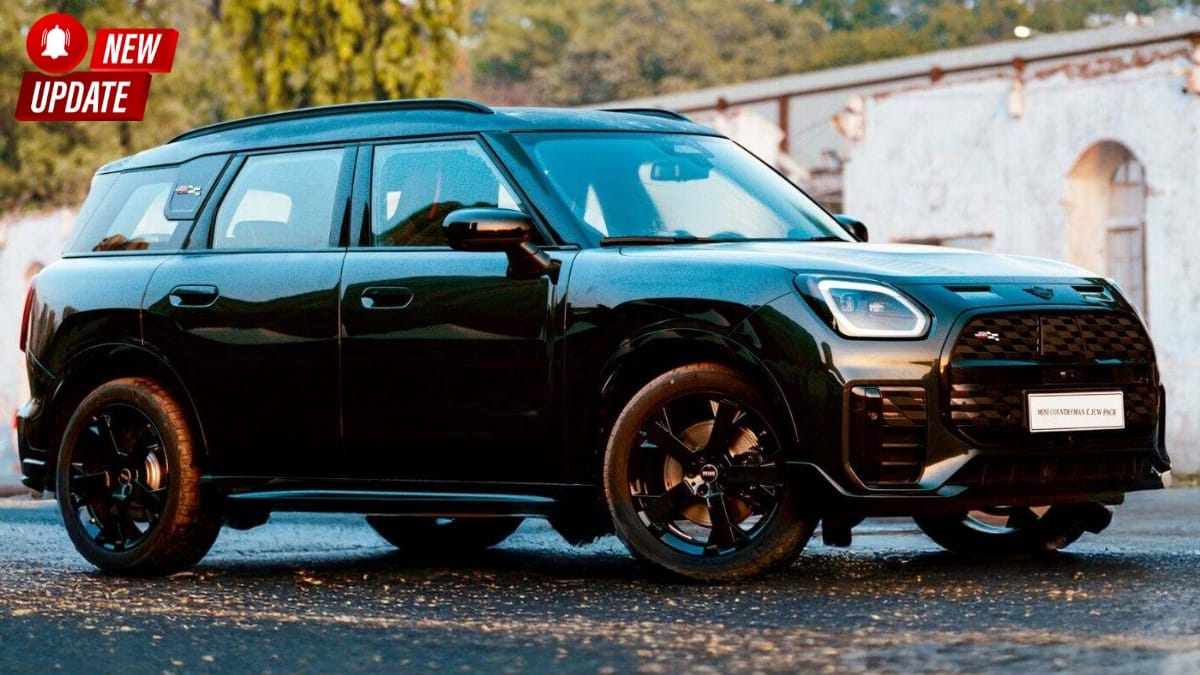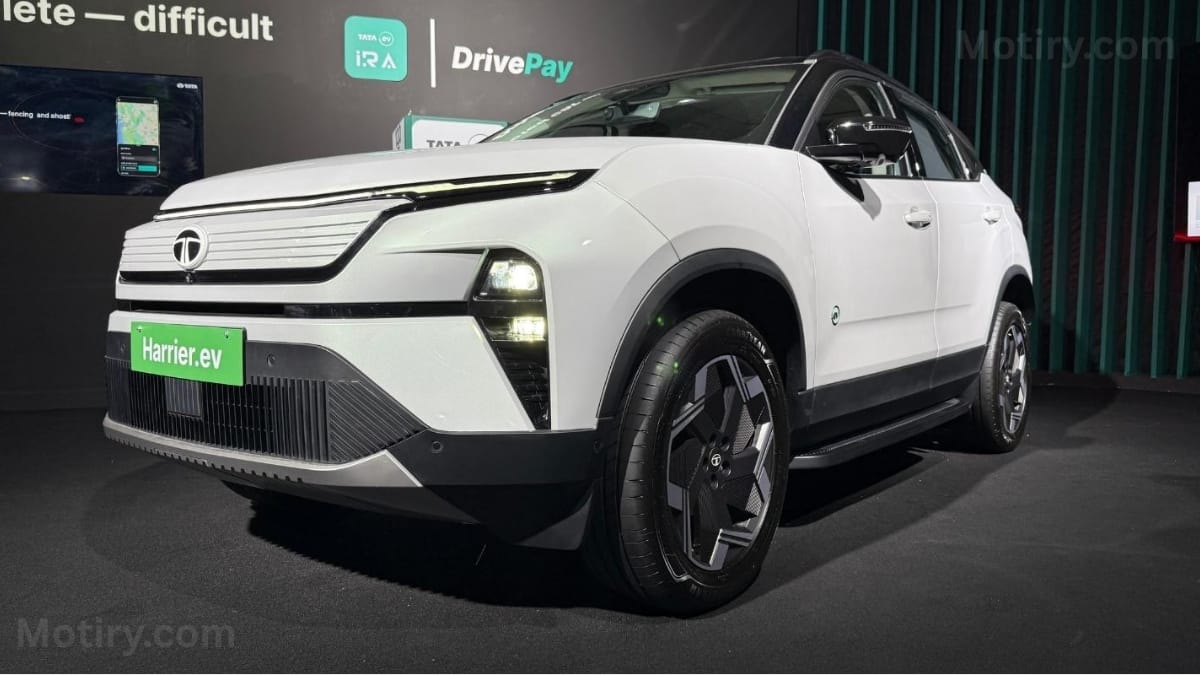As someone who lives and breathes automobiles—whether it’s bikes, SUVs, or cycles—there’s something special about keeping track of what’s happening in the industry day by day. And in this fast-moving space, some days are just packed with action. May 23 turned out to be one of those days, and I couldn’t wait to share all the major developments with you in this auto recap, May 23 edition. From high-performance bike launches to a fresh MPV offering and an honest corporate reality check from Honda, there’s a lot to talk about. So, here’s everything you need to know, written with the same excitement I felt while researching and compiling it all.
Contents
Honda CB750 and CB1000 Hornet SP: Big Bikes, Big Statement
Honda is clearly on a mission to strengthen its big-bike lineup in India, and the launch of the CB750 Hornet and the CB1000 Hornet SP is a huge step in that direction. The Hornet name itself is iconic, and now it’s being reinvented with more aggressive styling and enhanced performance to cater to today’s evolved riders.
From what I’ve gathered, the CB750 Hornet is meant to serve the mid-weight naked bike segment, ideal for city roads as well as weekend getaways. It strikes a balance between accessible power and everyday comfort. The CB1000 Hornet SP, on the other hand, is Honda flexing its performance muscle—this is a bike designed for seasoned riders who demand precise engineering and exhilarating power delivery.
| Specification | Honda CB750 Hornet | Honda CB1000 Hornet SP |
|---|---|---|
| Engine | 755 cc parallel-twin | 999 cc inline four-cylinder |
| Power Output | ~90 bhp | ~140 bhp |
| Transmission | 6-speed | 6-speed |
| Suspension | USD forks & monoshock | Adjustable Showa USD forks |
| Price (Ex-showroom) | ₹8.59 lakh | ₹12.35 lakh |
| Availability | BigWing & Topline dealerships | Topline dealerships only |
What caught my attention was Honda’s approach to segmenting availability through its premium BigWing network. It shows they’re not just throwing bikes into the market—they’re curating an experience, especially for those stepping into premium motorcycling. I see this move as Honda’s effort to reclaim some mindshare in the premium segment, which brands like Kawasaki and Triumph have been dominating recently.
Kia Carens Clavis: A Premium Twist to a Proven Formula
Kia India made headlines on May 23 with the launch of the Carens Clavis, a refined and feature-loaded version of their popular Carens MPV. As someone who’s reviewed a lot of urban family vehicles, I can say with confidence that the Clavis is more than just an upgrade—it’s a thoughtful reimagining for buyers who want extra comfort and tech, without moving into full-blown SUV territory.
What impressed me was how Kia managed to preserve the core value of the original Carens—spaciousness, practicality, and smooth ride quality—while adding a layer of luxury through design tweaks and new tech. The Clavis is offered in seven variants, starting from ₹11.49 lakh and going up to ₹21.50 lakh (ex-showroom), covering a wide spectrum of buyers.
| Variant | Key Highlights | Price (Ex-showroom) |
|---|---|---|
| HTE | Entry-level, essential features | ₹11.49 lakh |
| HTK | Adds infotainment and connectivity | ₹13.99 lakh |
| HTK+ | More comfort features, alloy wheels | ₹15.99 lakh |
| HTK+(O) | Additional safety enhancements | ₹16.75 lakh |
| HTX | LED lighting, advanced infotainment | ₹18.25 lakh |
| HTX+ | Fully-loaded, premium interior feel | ₹21.50 lakh |
With bookings now open at ₹25,000, and display units already reaching showrooms, it won’t be long before we see the Carens Clavis on the road. In my opinion, this model is aimed at customers moving up from compact SUVs or looking for a more spacious yet sophisticated family mover. It brings a smart mix of style and practicality, and that’s something Indian buyers are really leaning into right now.
Read More: – Mahindra BE 6 Review: India’s Bold New Electric SUV That’s Sparking Buzz
Honda Rethinks Its EV Strategy for India
Now, here’s something that really stood out to me in this auto recap, May 23—and it wasn’t a product launch, but rather a moment of honest reflection from Honda. The company acknowledged that it’s revisiting its electric two-wheeler strategy for the Indian market. And I think that’s actually a bold and mature move.
Minoru Kato and Tsutsumu Otani, two senior executives from Honda, explained that while EV adoption is rising in India, it’s primarily due to fuel cost savings and government incentives. This kind of transparency is rare in the auto world, and it says a lot about how seriously Honda is taking this shift. They’re not just jumping on the EV bandwagon—they want to understand the real, long-term motivations of Indian buyers before going all in.
Globally, Honda is pushing ahead with a modular EV platform strategy, and they aim to be the top electric motorcycle brand in the world. But for India, they’re taking a more calculated approach. I genuinely believe this could work in their favor. The Indian EV space is still evolving, and what works in Tokyo or Los Angeles may not necessarily work in Pune or Patna.
Auto Recap, May 23: What It All Means for the Indian Market
When I look at the big picture, the highlights from auto recap, May 23 tell me something important—brands are evolving, but they’re doing it differently. Honda is stepping up its premium game with performance bikes, while simultaneously pausing to reflect on its EV plans. Kia, on the other hand, is charging ahead with a bold MPV offering that raises the bar for everyday vehicles.
All of this signals a deeper understanding of the Indian consumer. We’re no longer just looking at price tags. We want experience, value, safety, and style—and manufacturers are finally starting to align their strategies with that.
| Brand | Update Type | Message They’re Sending |
|---|---|---|
| Honda | Big bike launch | “We’re serious about premium performance” |
| Honda | EV strategy reassessment | “We’re not rushing—we’re researching” |
| Kia | MPV launch | “Premium family cars are the new norm” |
Conclusion
Writing this auto recap, May 23 was an absolute joy. Not because it was packed with launches, but because it offered a real glimpse into how auto companies are thinking, adapting, and moving forward. As someone who’s deeply passionate about automobiles, I find it exciting to see these shifts happen in real time.
Whether it’s Honda’s thoughtful approach to electrification, the sheer power and presence of the Hornet twins, or Kia’s refined approach to family mobility, each update adds a new layer to how we experience automobiles in India. And I can’t wait to see how all of this shapes the market in the months to come.
